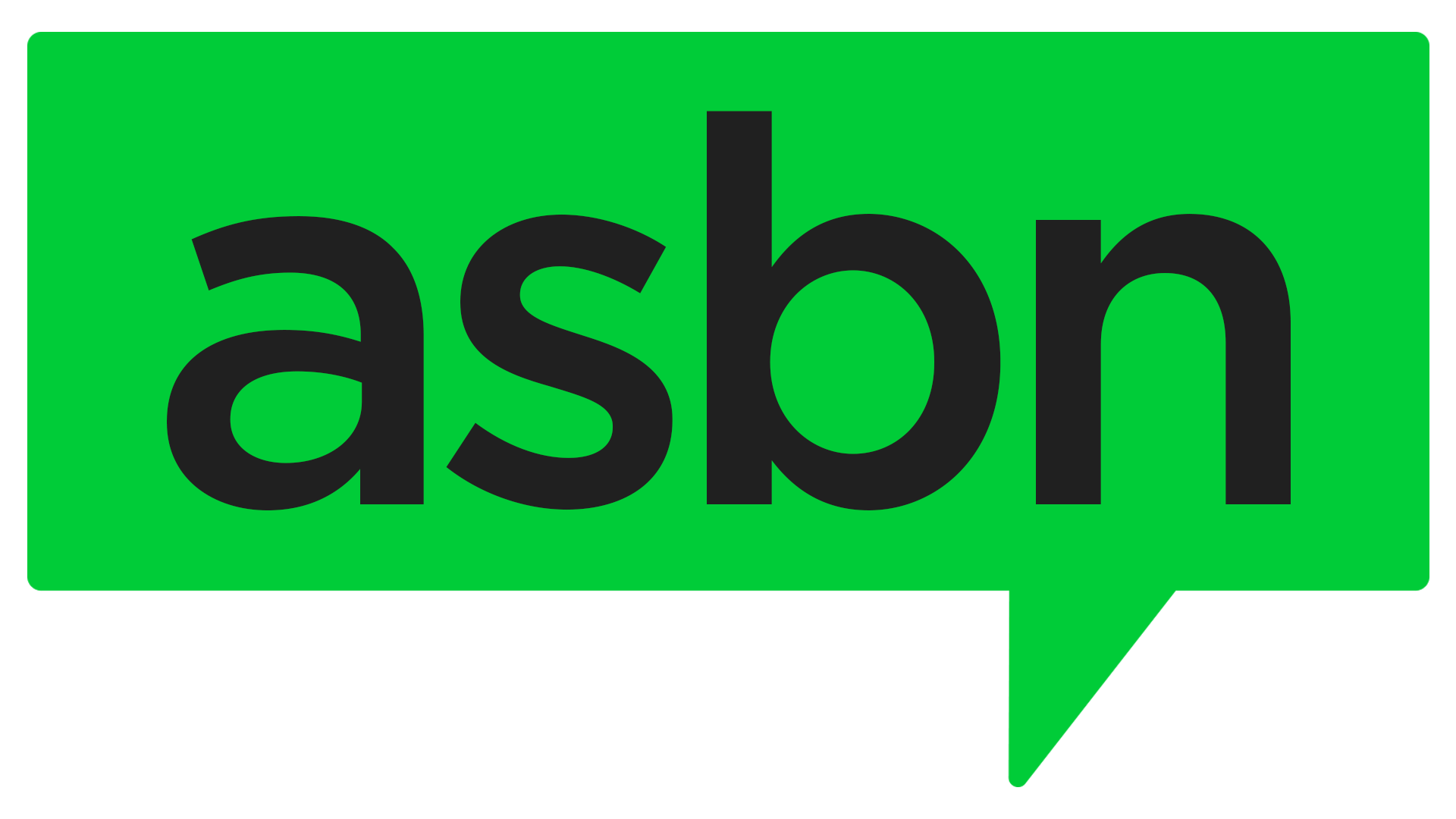Ever felt like you were just throwing darts at the wall while planning a new marketing campaign?
The problem isn’t how creative your team is, and it isn’t an issue with your product or service.
What it really comes down to is a simple but sometimes hard-to-acknowledge challenge—you don’t know your audience.
The solution? Investing in quantitative and qualitative consumer research.
What is consumer research?
As a subset of market research, consumer research is focused on understanding what target customers want and why they make the decisions they do.
By evaluating customer motivations and purchase behaviours, brands can craft messaging and creative campaigns that are better tailored for target consumers.
Consumer research methodologies include interviews, surveys, and focus groups.
Why consumer research matters: Unlocking your unfair advantage
- Uncover insights about your target market: With quantitative and qualitative consumer research, you can receive a more comprehensive understanding of your target market. Since most businesses don’t invest the time and resources needed to deeply understand their buyer personas, having this information often provides a significant competitive edge.
- Spot risks early: You can’t prepare for a risk when you don’t know it exists. Consumer research gives you the information you need to better understand the risks facing your business or industry as a whole.
- Make more well-informed strategic decisions: Going with your gut instinct might be fine when you don’t know what to get at a restaurant, but it’s not the right approach to growing a business. Instead of making decisions based on guesses, consumer research lets you base them on hard data.
- Identify key growth opportunities: Consumer research is crucial for identifying new markets and tailoring marketing campaigns to meet the distinct needs of different consumer segments.
- Improve customer satisfaction: When you understand your target market, you can tailor your offerings to provide precisely what they want. Continuing to invest in consumer behavior research for the long term can boost customer satisfaction, as you’ll be able to know when it’s time to adjust to your target audience’s evolving needs.
Quantitative vs. qualitative consumer research
Consumer research can be divided into two primary categories: quantitative and qualitative.
Together, they reveal not just what customers do, but why. Discover how each method reveals distinct aspects of consumer insight below.
Quantitative consumer research defined
Quantitative consumer research refers to the collection and analysis of numerical data about consumers. This numerical data is gathered via structured methods (e.g., surveys and experiments) before it’s examined for patterns and trends.
Due to its focus on numerical data, it’s often thought of as research that answers questions that start with “what,” “how much,” or “how many.” For example, a survey might tell you 15% of consumers prefer one product over another.
This research tends to focus on consumer behaviour, preferences, usage patterns, and attitudes to products or services. Quantitative research also tends to have larger sample sizes to provide more accurate insights about a research question.
Examples of quantitative consumer research methodologies include:
- Surveys and questionnaires: Structured forms that ask consumers closed-ended questions, so you can put hard numbers on awareness, preference, and likelihood to buy.
- Online analytics: The numeric trail from your site or app (via sessions, conversion rate, funnels) that shows how consumers actually behave so you can spot drop-offs and wins.
- A/B tests: Controlled tests that show different versions of a message or page to similar consumers.
- Structured observations: In-store or field observations logged with a checklist, so behaviors (like time at shelf) can be counted and compared.
- Correlation research: Studies that measure the statistical relationship between consumer variables (like satisfaction and repeat purchase) without claiming cause-and-effect.
- Secondary research: Analysis of numeric data someone else already collected.
Qualitative consumer research defined
Qualitative consumer research aims to identify the underlying motivations, feelings, attitudes, and behaviors of consumers through non-numerical data. Usually, qualitative data is gathered via more open-ended methods, such as focus groups, ethnographic studies, and in-depth interviews.
Qualitative consumer research delves into the “why” and “how” of consumer choices. Examples include:
- Focus groups: Small, moderated group discussions where you hear how target consumers react to your product, brand, or ads in their own words.
- Interviews: One-on-one conversations that dig into a consumer’s experiences so you can understand the “why” behind behavior.
- Open-ended surveys: Surveys that include open text questions to capture richer, contextual feedback instead of just checkboxes.
- Usability testing: A facilitator asks people to complete tasks with your site or app, observing and listening to their feedback to identify friction points and opportunities.
- Field studies: Observing consumers in their natural environment (stores, homes, on the go) to see real behaviors and triggers as they happen.
- Analysis of support tickets and feedback: Mining written customer feedback from tickets, chats, and comments for themes and root causes.
Why synthesizing quantitative and qualitative research is important
Numbers show you the “what.” Stories show you the “why.”
- Quantitative research reveals patterns, metrics, and segments—the data behind your audience’s actions.
- Qualitative research uncovers the emotions, motivations, and context driving those actions.
While quantitative and qualitative research can provide invaluable insights on their own, synthesizing them is crucial for developing a comprehensive understanding of your target market. That’s because an effective creative campaign that actually reaches the target audience will need to dig deeper than just stats.




 ASBN, from startup to success, we are your go-to resource for small business news, expert advice, information, and event coverage.
ASBN, from startup to success, we are your go-to resource for small business news, expert advice, information, and event coverage.